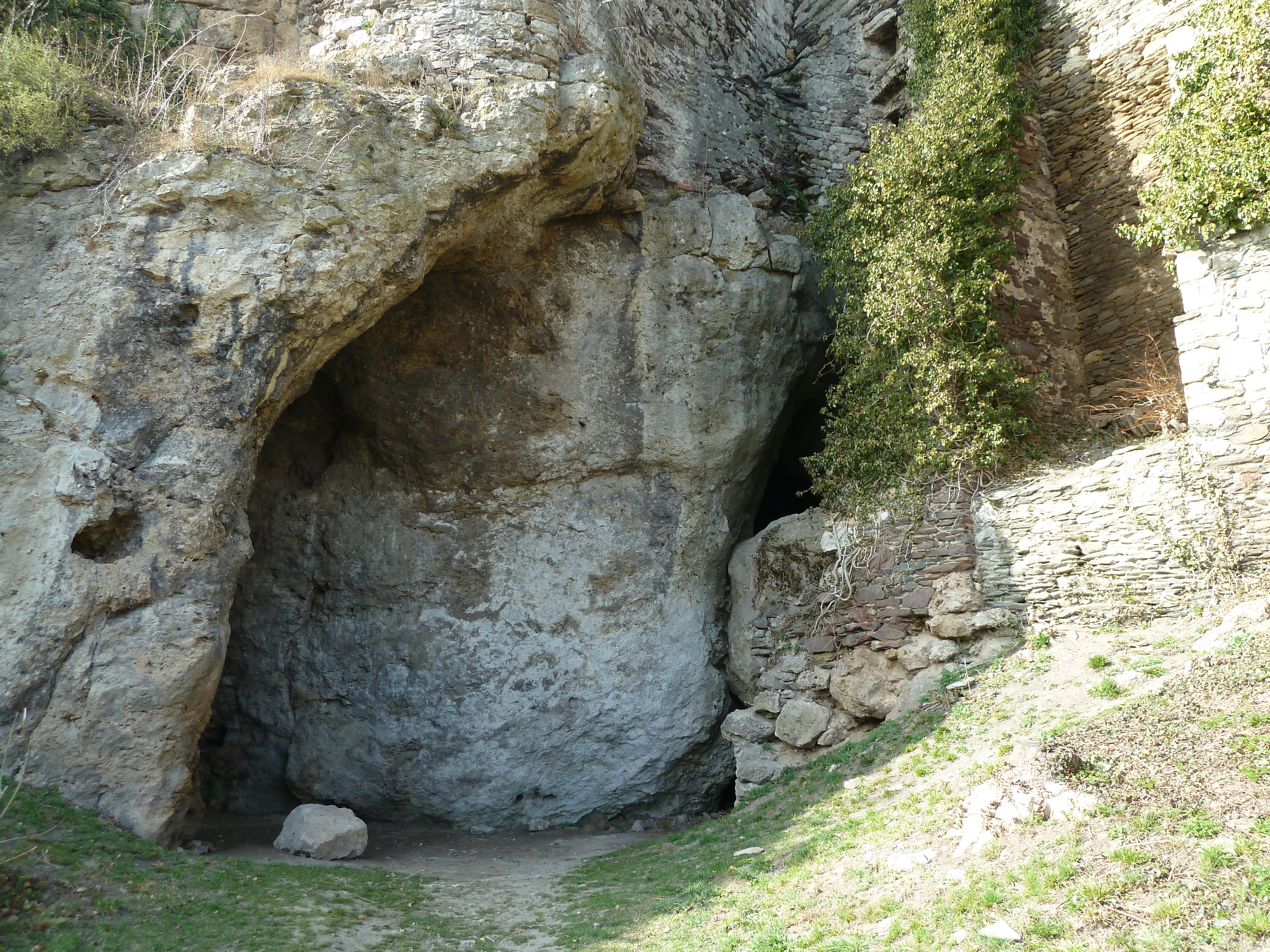Lincombian-Ranisian-Jerzmanowician on:
[Wikipedia]
[Google]
[Amazon]
Lincombian-Ranisian-Jerzmanowician (LRJ) was a culture or technocomplex (
 The technocomplex is named after findings in
The technocomplex is named after findings in
industry
Industry may refer to:
Economics
* Industry (economics), a generally categorized branch of economic activity
* Industry (manufacturing), a specific branch of economic activity, typically in factories with machinery
* The wider industrial sector ...
) dating to the beginning Upper Paleolithic
The Upper Paleolithic (or Upper Palaeolithic) is the third and last subdivision of the Paleolithic or Old Stone Age. Very broadly, it dates to between 50,000 and 12,000 years ago (the beginning of the Holocene), according to some theories coin ...
, about 43,000 years ago. It is characterised by leaf points made on long blades, which are thought to have been made by the last Neanderthal
Neanderthals (, also ''Homo neanderthalensis'' and erroneously ''Homo sapiens neanderthalensis''), also written as Neandertals, are an extinct species or subspecies of archaic humans who lived in Eurasia until about 40,000 years ago. While th ...
s, although some researchers have suggested that it could be a culture of the first anatomically modern humans in Europe.
It is rarely found, but extends across northwest Europe from Wales to Poland.
Major sites
 The technocomplex is named after findings in
The technocomplex is named after findings in Kents Cavern
Kents Cavern is a cave system in Torquay, Devon, England. It is notable for its archaeological and geological features. The cave system is open to the public and has been a geological Site of Special Scientific Interest since 1952 and a Schedule ...
, Lincombe Hill, Torquay
Torquay ( ) is a seaside town in Devon, England, part of the unitary authority area of Torbay. It lies south of the county town of Exeter and east-north-east of Plymouth, on the north of Tor Bay, adjoining the neighbouring town of Paig ...
(Devon
Devon ( , historically known as Devonshire , ) is a ceremonial and non-metropolitan county in South West England. The most populous settlement in Devon is the city of Plymouth, followed by Devon's county town, the city of Exeter. Devon is ...
, England), the cave of Ilsenhöhle in Ranis
Ranis is a town in the Saale-Orla-Kreis district, in Thuringia, Germany. It is situated 15 km east of Saalfeld, and 30 km south of Jena
Jena () is a German city and the second largest city in Thuringia. Together with the nearby citi ...
(Thuringia
Thuringia (; german: Thüringen ), officially the Free State of Thuringia ( ), is a state of central Germany, covering , the sixth smallest of the sixteen German states. It has a population of about 2.1 million.
Erfurt is the capital and larg ...
, Germany), and the Jerzmanowicien cave in Ojców
Ojców is a village in Gmina Skała, in Kraków County, Lesser Poland Voivodeship, in southern Poland. It is one of the sights of the Eagle Nests Trail (''Szlak Orlich Gniazd''), as there are the ruins of a gothic castle near the village. Th ...
( Kraków County, Poland). About 40 different sites have been identified.Flas Damien. 2006. La transition du Paléolithique moyen au supérieur dans la plaine septentrionale de l'Europe. Les problématiques du Lincombien-Ranisien-Jerzmanowicien. PhD diss., Université de Liège, Belgium, 2006.
See also
* Transitional cultures :Châtelperronian
The Châtelperronian is a proposed industry of the Upper Palaeolithic, the existence of which is debated. It represents both the only Upper Palaeolithic industry made by Neanderthals and the earliest Upper Palaeolithic industry in central and sou ...
- Uluzzian
The Uluzzian Culture is a transitional archaeological culture between the Middle paleolithic and the Upper Paleolithic, found in Italy and Greece.
A team led by archaeological scientist Katerina Douka has dated the Uluzzian as lasting from s ...
- Bohunician
Bohunician industry was a paleolithic archeological industry in South-Central and Eastern Europe. The artifacts assigned to this culture are dated between roughly 48,000 and 40,000 years ago.
They were found at the type site of Brno-Bohunice, S ...
- Szeletian
The Szeleta Culture is a transitional archaeological culture between the Middle Paleolithic and the Upper Palaeolithic, found in Austria, Moravia, northern Hungary, and southern Poland. It is dated 41,000 to 37,000 years before the present ( BP), ...
* Follow-on cultures : Gravettian
The Gravettian was an archaeological industry of the European Upper Paleolithic that succeeded the Aurignacian circa 33,000 years BP. It is archaeologically the last European culture many consider unified, and had mostly disappeared by ...
- Sungir
Sungir (, sometimes spelled Sunghir) is an Upper Paleolithic archaeological site in Russia and one of the earliest records of modern ''Homo sapiens'' in Eurasia. It is situated about two hundred kilometres east of Moscow, on the outskirts of Vlad ...
- Kostenki Kostenki or Kostyonki (russian: Костёнки) may refer to:
* Kostenki, Kirov Oblast, a village in Murashinsky District of Kirov Oblast
* Kostenki, Smolensk Oblast, a village in Safonovsky District of Smolensk Oblast
*Kostyonki, Voronezh Oblast ...
* Haplogroup I-M170
Haplogroup I (M170) is a Y-chromosome DNA haplogroup. It is a subgroup of haplogroup IJ, which itself is a derivative of the haplogroup IJK. Subclades I1 and I2 can be found in most present-day European populations, with peaks in some North ...
References
{{Authority control Archaeological cultures of Europe Upper Paleolithic cultures of Europe Archaeological cultures in Germany Archaeological cultures in Poland Archaeology of Wales Peopling of Europe Industries (archaeology)